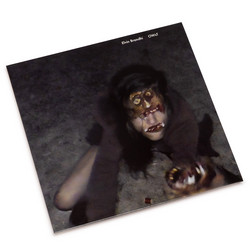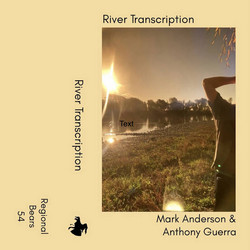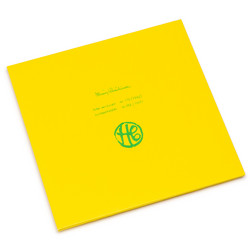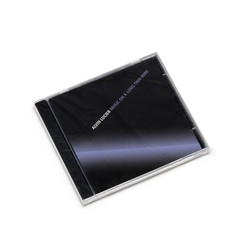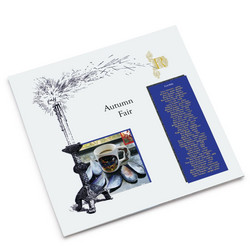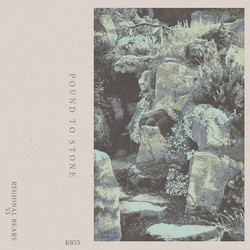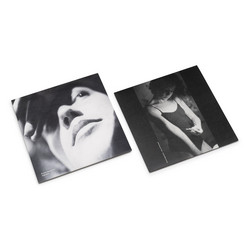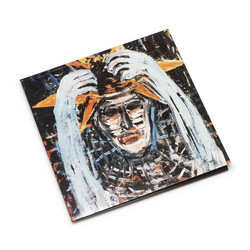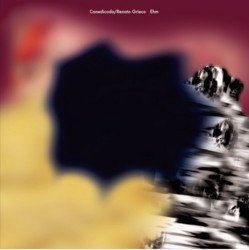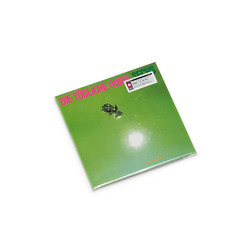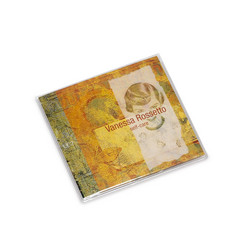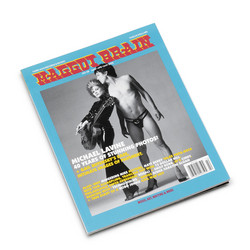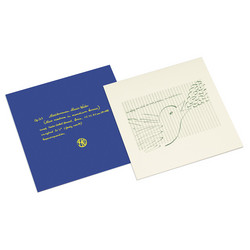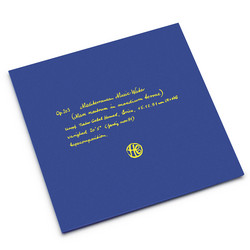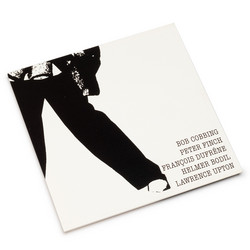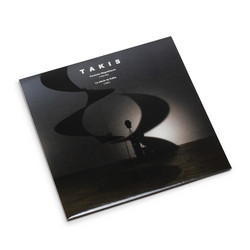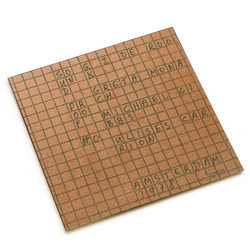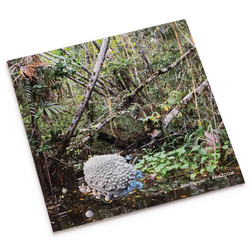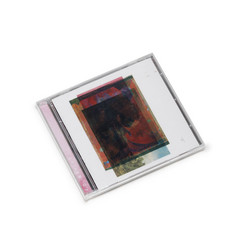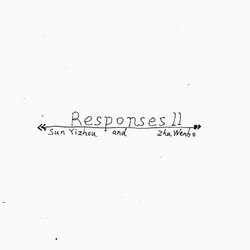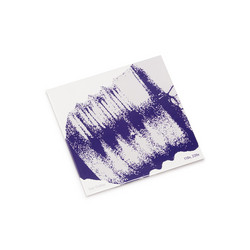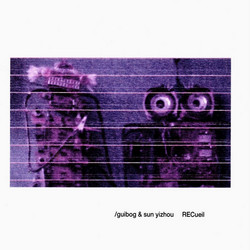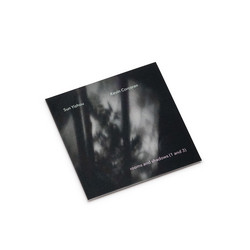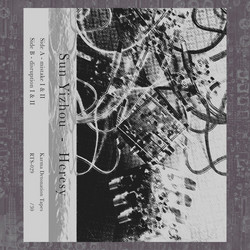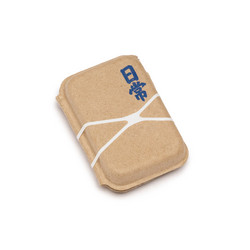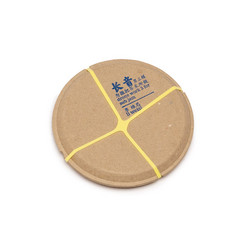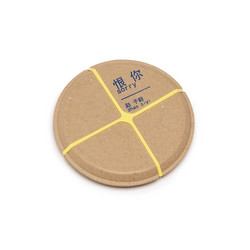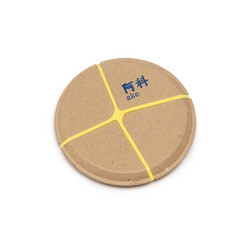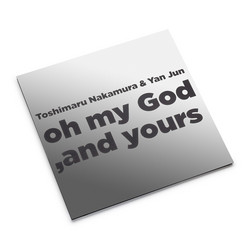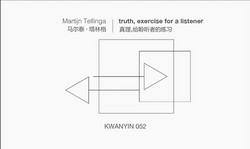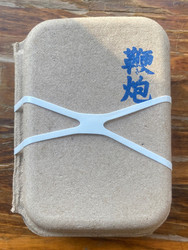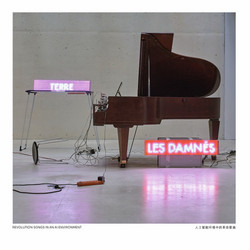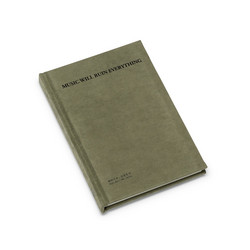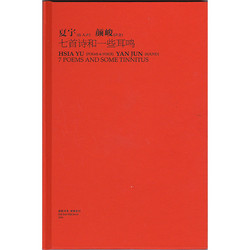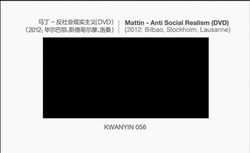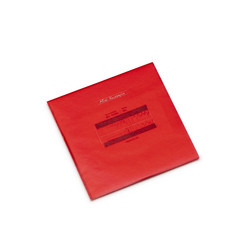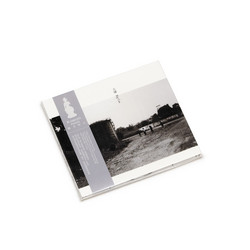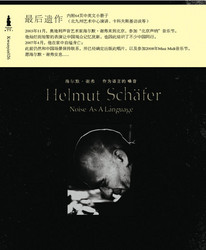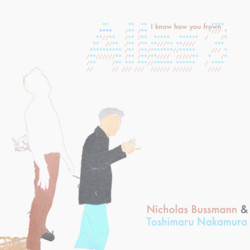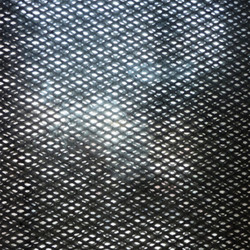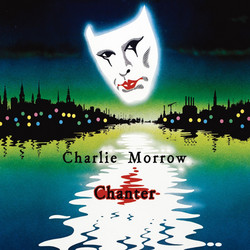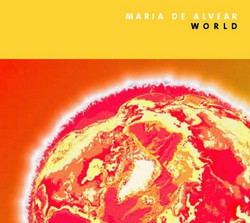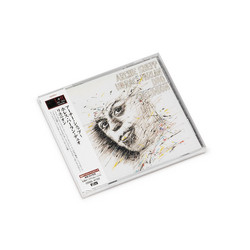*150 copies limited edition* sub jam is proud to announce the release of sun yizhou's new solo album "missing", his most hardcore dry and calm opporation on insignificant sound to date. sun yizhou (born in 2000, beijing) is one of the volunteered unpopular musicians who focus on a world with less (or, no) humanity influences, with full of human sensitivity and curiosity. he works with small machinese. sometimes broken ones and sometimes his body as a machine. he runs aloe records with zhang cai.
all 3 tracks were recorded using a mixing board with no input source (no feedback lines), and all sounds were derived from the mixing board's own noise floor. tracks 2-3 were reworked from the original improvised tracks using compositional methods. no overdub mixing.
quotation from an interview. full chinese version can be downloaded with digital purchase (or check subjam.org/blog):
The two most recent solo albums, Typewriter in the Rain and this time, Missing, are both answers to the notion of the acoustic aspect of the signal-to-noise ratio. I prefer to think outside the system of noise music to understand noise and keep a little distance. The signal-to-noise ratio refers to the proportion of the signal that should be greater than the noise in a conventional audio standard. This noise comes from the background noise of various devices and environments. In Typewriter in the Rain, I use the no-input feedback of an old-fashioned pirated brand mixer, and I don't play it, I watch it more. Let's assume that the sound is skeuomorphic, such as the title. The signal-to-noise ratio, which is also known as background-noise (rain) and subject-signal (typewriter), is in different proportions in different tracks, forming different spatial distances. I think it's a Wittgensteinian language game: listening to a million typewriters is a rain, and listening to a raindrop alone is a typewriter. Going back to the noise in the signal-to-noise ratio, this is an unwanted part of society, which is the noise in extreme opposition. In order to filter out the noise and make the signal pure, there is a compressor called noise gate, and the gate can be opened and closed in a variety of states. At the extreme, the noise gate only allows the main signal above the set threshold to pass through: the gate is "open". If the signal is below the threshold, no signal is allowed to pass through (or the signal is attenuated significantly): the gate is "closed". That is, the method of composition used for the last two tracks. I'd like to illustrate, thinking about it another way, if the noise floor of the mixer itself passes through the gate as a signal. What are we missing? What's left? Maybe we're all the noise of inequality, a reality.
on insert and disc there is "2024" but the real release date is january 12, 2025 limited edition 150 copies.
custom designed pulp case. 5.2mm thick cardboard for keep the disc fixed. special design to avoid the disc scratching. hand stamped title. hold by x-shape elastic.
mastered by taku unami
designed by xue xian
